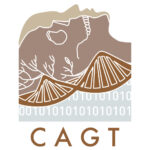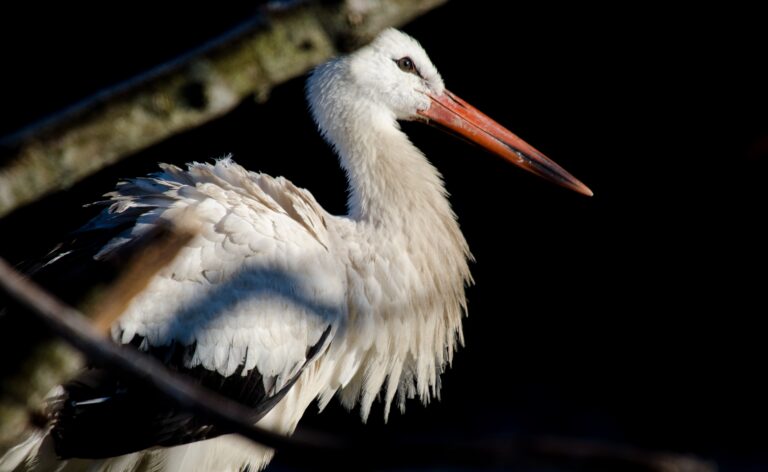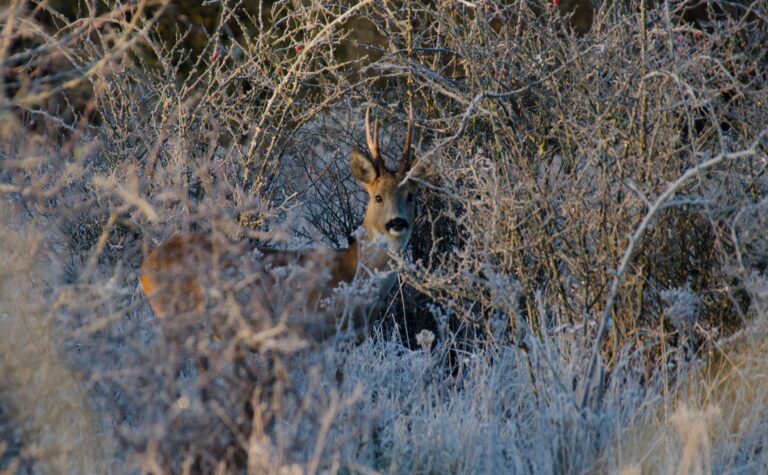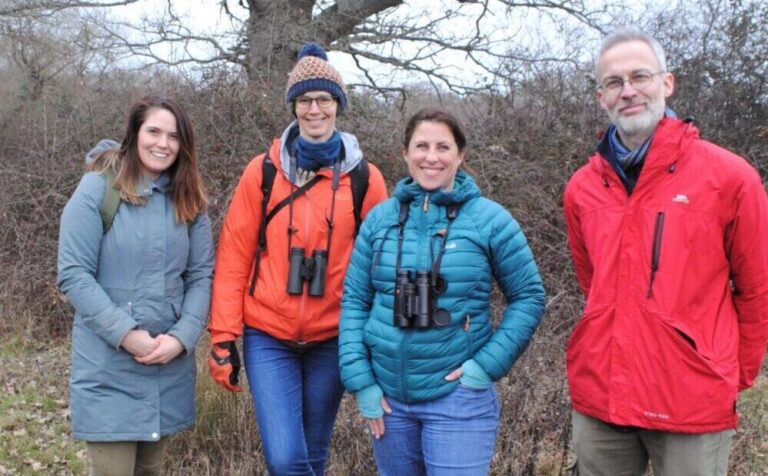‘Rewilding’ later prehistory recasts the nature conservation concept of ‘rewilding’ in order to reveal the ‘wonder and enchantment’ (Monbiot 2013) of archaeological wildlife, and its relevance to contemporary environmental concerns.
The period from 2500 BC to AD 43 is a key tipping point in the transition from wild to farmed landscapes in Britain. ‘Rewilding’ later prehistory will examine, for the first time, the full makeup of Bronze and Iron Age plants and animals in diverse study areas and will create an original methodological and interpretative toolkit for investigating archaeological wildlife – from wild boar teeth pendants to charred fragments from ancient hedgerows. By giving wildlife due attention, we hope to build a richer and more vibrant understanding of later prehistory, offering a serious challenge to traditional human-centred landscape histories and a vital link to current nature recovery practices.
The project is funded by the UKRI and is a research collaboration between Oxford Archaeology, the Universities of Oxford and Exeter, the Archaeology Data Service, Historic England and Knepp Castle Estate. It runs for four years from September 2022.
Follow us on Bluesky @rewildprehistory.bsky.social











